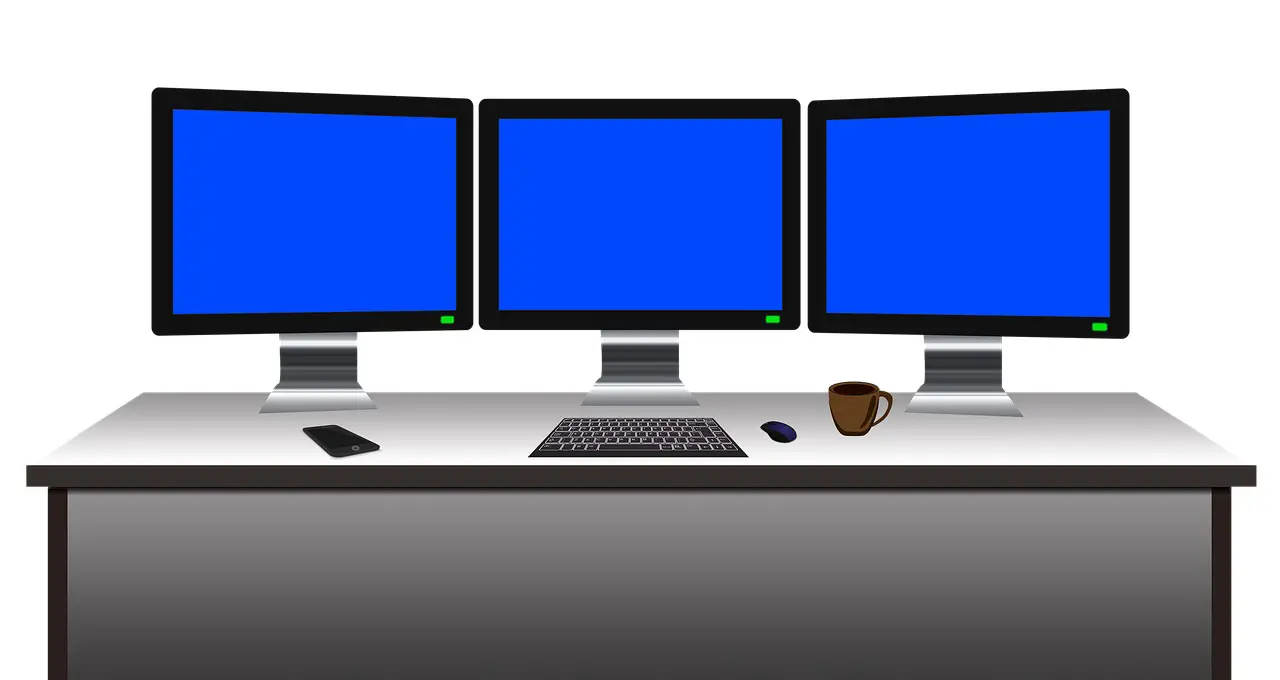
Every once in a while, a program will lose a resident for various reasons. It could be to move closer to family, poor performance, or a gazillion other reasons. When this unfortunate event occurs, a program is stuck trying to fill a spot. And, you would think at first glance that it would be pretty straightforward. I mean, radiology is pretty competitive nowadays. Instead, only a fixed small number of residents can transfer from one PGY3, PGY4, or PGY5 spot to another. And, programs need to be very careful when they recruit these positions. A lateral residency transfer from another residency program can become more problematic than having one less resident in the program.
So, what are the issues that residency programs face when recruiting residents from other programs? And, what kind of transfers are programs looking for? Here are some of my thoughts on these situations.
Lateral Residency Transfer: A Minefield Of Problems
Professionalism Issues
Many applicants from other institutions leave because their former residency program does not want to renew their contracts. Out of those reasons, one of the most common is the professionalism violation. It could be any one of thousands of professionalism infractions, including ethical, moral, and legal issues. Moreover, programs suffer from a lack of information about the resident’s former residency. Frequently, the former site of the applicant doesn’t release “all the information.” So, poor professionalism behaviors can quickly arise again when the resident enters your program.
Academic Issues
In addition to the professionalism issue, many lateral transfer residents cannot academically make it through their current program. Perhaps, it is related to test-taking skills, dictations, or inability to make the findings. If you hire them without knowing the real issues, these same issues will eventually surface when they transfer to your program.
Medical/Mental Health Issues That Can Interfere With Training
We also have to worry about medical and mental health problems interfering with resident training. Notably, this information can be complicated to retrieve because it is a HIPAA violation for a program to give this information out to another freely. And although programs make every attempt to overcome these issues, it can lead to all sorts of problems for both the incoming resident and their colleagues who need to cover them.
The Fickle Resident
Finally, some residents leave because they spontaneously want to abandon their former program for various unstable reasons. These include dating scenes, being in a warmer climate, or myriad other miscellaneous reasons. This sort of resident can decide to do the same when entering your program. Not a great situation!
What Programs Want From A Lateral Residency Transfer
Residents That Need To Leave To Be Closer To Family
Sometimes residents will have a sick relative, and they need to care for them. Or, they have a wife and children who live in a different country than their current residency program. These reasons are legitimate. And, they make for a happier resident that will be more likely to complete the radiology residency.
Particular Interests That The Former Residency Cannot Satisfy
Other times residents discover they have different interests that one residency cannot meet. Perhaps, they are interested in participating in bench research not available to them at their current site. Or, maybe the new site has a PET-MRI, which is the resident’s area of interest. Regardless, these reasons can be valid as to why the resident may want to come to your program.
Legitimate Medical Issues That Will Not Interfere With Training
Some residents need to be closer to certain cities/hospitals to get their treatment. And, perhaps, it is not available at the current institution/town. Or they need the care of family members to help them with health issues. These residents can potentially become a great asset to a new program if they meet its demands.
A Real Change Of Heart For The Lateral Residency Transfer
In medicine, it is effortless to make a mistake. We don’t necessarily know what we want to do when we get out of medical school. Medical schools do not give the best sampling of what life is like post-medical school in all specialties. And, many residents realize they made a mistake early on. Sometimes nuclear medicine residents or emergency medicine residents who have completed imaging rotations can qualify for these more advanced positions. Well, these sorts of residents can become the best trainees because of their dedication to doing something they want to do instead.
The Lateral Residency Transfer Can Be A Tough Situation!
Due to all the pitfalls and possibilities that a lateral transfer can offer, it can be challenging to cull residents that will fit the new program’s culture and meet the demands and rigorous tests of residency. Selecting residents with professional/academic violations, medical issues, or the fickle resident can throw a wrench in the new residency program when similar problems arise in the new program. And this situation can be worse than not recruiting any radiology resident. But, many residents have valid reasons for changing programs as well. So, residency programs, just like the residents, need to do their due diligence. The consequences of picking the wrong resident can be dire!









